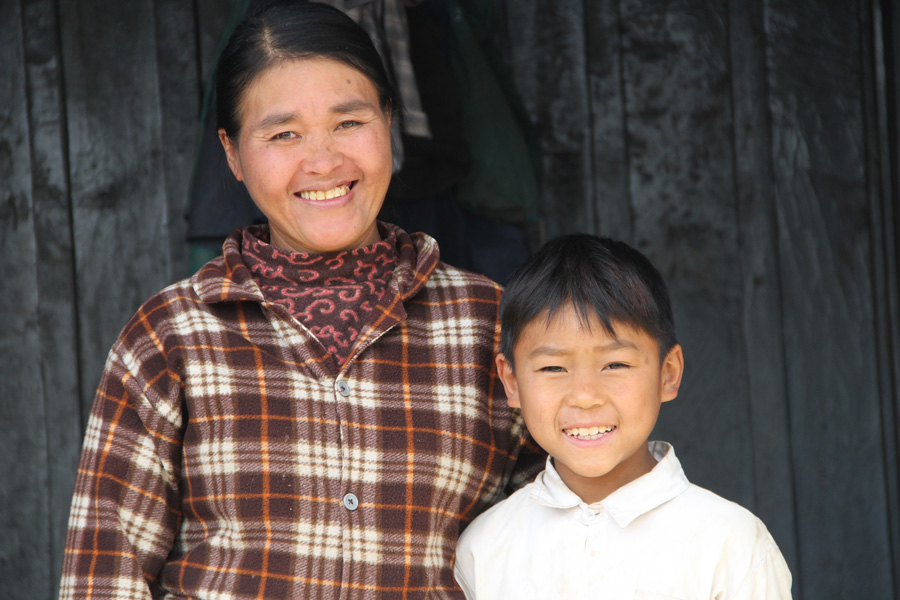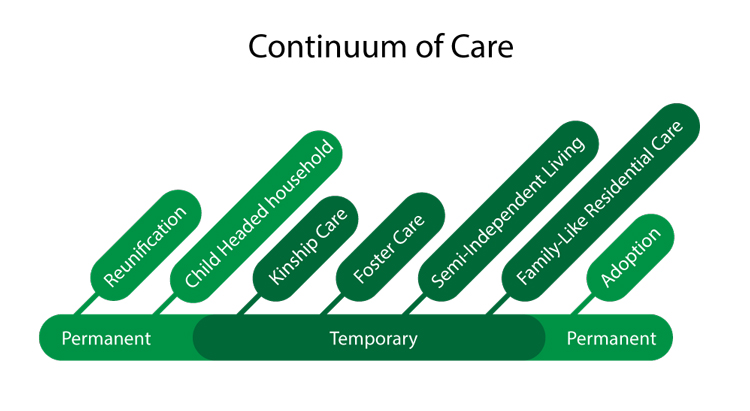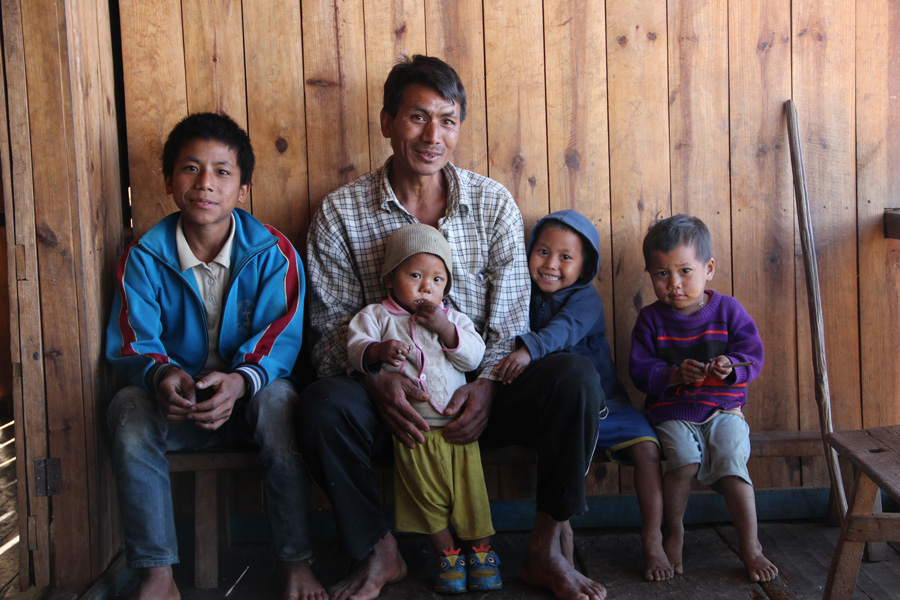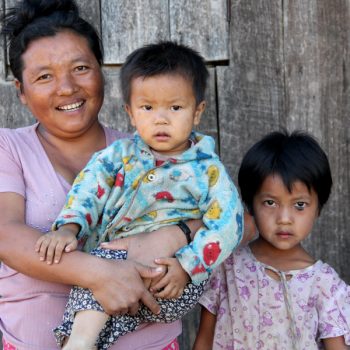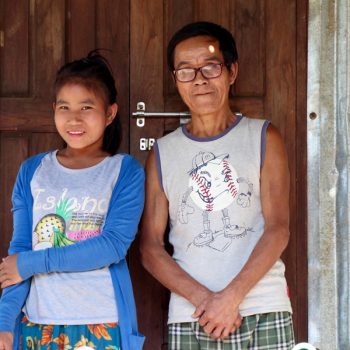Most children in orphanages still have one or two living parents. Poverty is the primary reason that children are placed in orphanages. Children are placed in orphanages because families lack access to basic services like education, medical care, food and shelter; for their safety during emergency situations like natural disasters or regional violence; because divorce, abandonment or death of one parent causes the remaining parent to struggle to provide for the family; and due to abandonment, abuse, and neglect often because of alcohol or drug addiction.
Parents and community members may believe an orphanage is beneficial to a child because it meets some of his or her basic needs. Unfortunately, orphanages are not healthy places for children to grow and develop.

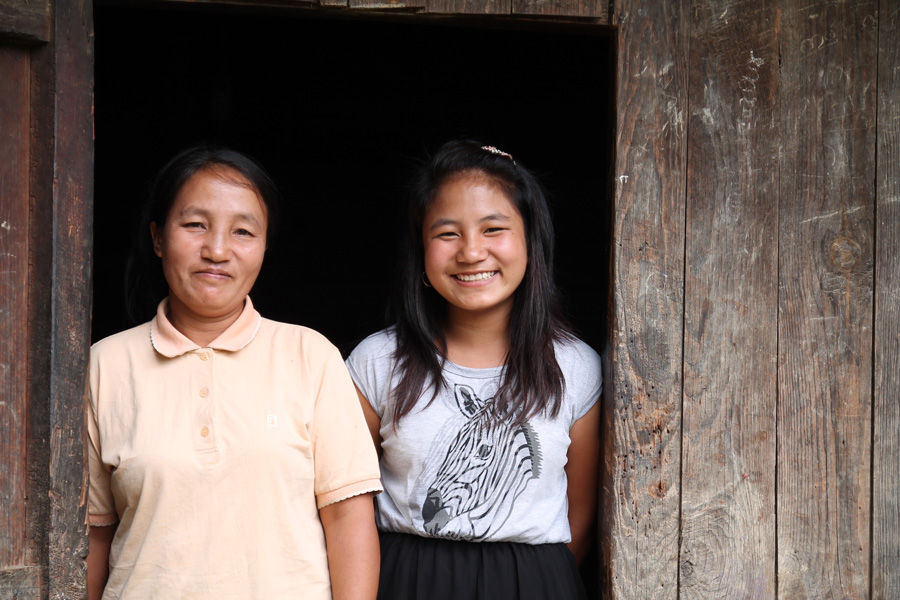
 Development Issues
Development Issues Risk of abuse and exploitation
Risk of abuse and exploitation Lack of love, support and nurture
Lack of love, support and nurture Unprepared for life
Unprepared for life